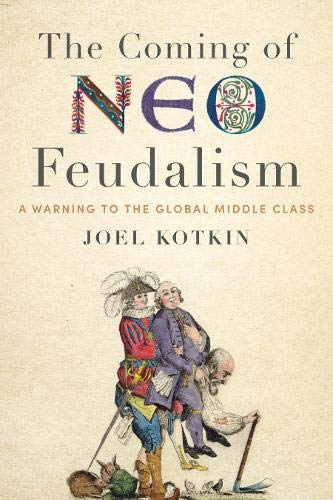My latest article is online over at City Journal. It’s a look at Columbus, Ohio, which is doing very well these days. Here’s an excerpt: read more »
Demographics
As the Old Faiths Collapse, the Greens, Social Justice Warriors, and Techno-Futurists Aim to Fill the Void
The pews are emptying virtually everywhere in the higher-income world. The Catholic Church is divided and enmeshed in scandal, unable to prevent even historically cleric-dominated Ireland from liberalizing abortion. read more »
- Login to post comments
The Past and Future of Latino Politics
Perhaps nothing will define our future politics more than the dispensation of Latino voters. Once limited to a few states, Latino voters are now an important and growing factor in many parts of the country beyond the Southwest or New York. read more »
- Login to post comments
California Out-Migration Intensifies, People Move South
The new Census Bureau population estimates for the states have been released. The nation has experienced its slowest growth since 1938, adding only 0.6 percent to the population between 2017 and 2018, according to Brookings Institution demographer Bill Frey. Overall, since 2010, the nation has gained 6.0 percent in population and now has 327.2 million residents. This is an increase of 18.4 million. read more »
- Login to post comments
The Next Housing Crisis
Little over a decade ago, the housing sector almost brought down not only the American but the world economy. Today the reprise of the housing decline will be playing a very different tune. read more »
- Login to post comments
Suburbs & Exurbs Continue to Dominate Metropolitan Growth at Mid-Decade
America’s suburbs and exurbs continue to receive the most population growth among the 53 major metropolitan areas. This is indicated by data in the just released 2013-2017 American Community Survey (ACS), which provides a mid-decade snapshot of US demography. With its middle sample year of 2015, the 2013-2017 ACS is most representative of the middle of the decade between the 2010 and 2020 censuses (Note 1). read more »
- Login to post comments
Black Exodus From Chicago
I'm the oldest of three siblings. My siblings left the Rust Belt for the East Coast; my sister and her family are in suburban Washington, D.C., and my brother's family lives in Brooklyn. Both have been encouraging me for years to make the leap and join them. I stay in touch with friends and other family from my birthplace of Detroit and my current hometown of Chicago via Facebook, and they have fanned throughout the country -- Atlanta, Los Angeles, Las Vegas, Phoenix, Denver, Dallas, Houston. read more »
- Login to post comments
Reinventing the Rust Belt in Kokomo
I’ve written about Kokomo, Indiana before and also posted a podcast with its mayor. It’s a small manufacturing city in Indiana, far from glamorous and with its own set of challenges, that has been seeking to reinvent itself for the 21st century. My latest City Journal article is a look at Kokomo and what it’s been up to. read more »
- Login to post comments
2018 Standard of Living Index
The Center for Urban Opportunity (COU) has developed a measure (the “COU Standard of Living Index”) that estimates the purchasing power of real average pay in metropolitan areas compared to that of the average employee who moves to a new residence. We have found that the places that return the most for median pay are varied. read more »
- Login to post comments
The First Shots in the Climate Wars
In launching their now successful protests against President Emmanuel Macron’s gas hike, the French gilets jaunes (yellow jackets) have revived their country’s reputation for rebelling against monarchial rule. It may well foreshadow a bitter, albeit largely avoidable, battle over how to address the issue of climate change. read more »
- Login to post comments





















